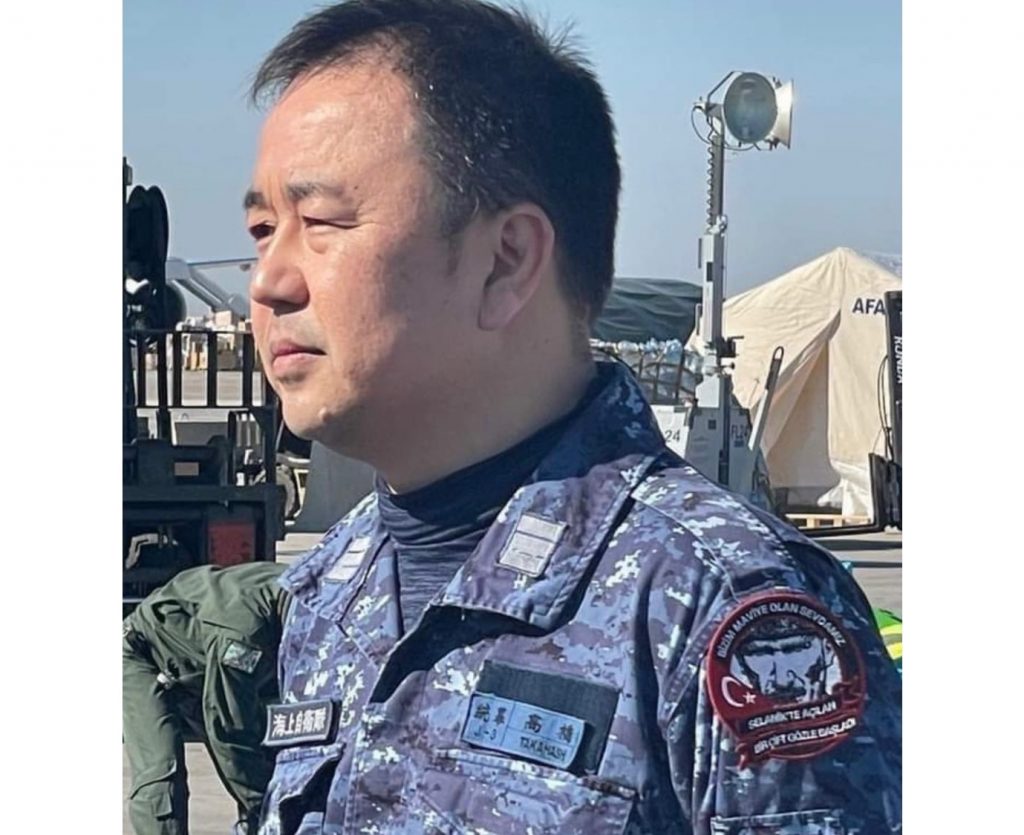
- ARAB NEWS
- 01 Aug 2025

Arab News Japan
As the events of the February 6 Earthquake attest, disasters permeate collective memory and identity. They reveal not only the weakness of structural infrastructure but also the human complexities associated with disasters.
Nearly 11 days after a powerful earthquake struck Turkiye and Syria, the death toll rose to more than 41,000 in both countries, the authorities said.
The quake, which occurred in one of the world’s most active earthquake zones, hit populated areas as many were asleep in houses that were not built to resist such powerful ground vibrations. Officials and medics said 38,044 people had died in Turkiye and 3,688 in Syria from the tremor.
The Japanese government responded to a humanitarian assistance request from the Turkish government and sent Japan Disaster Relief Team/ Rescue Teams to conduct search-and-rescue operations for missing persons. Connections between the Turkiye-Syria quake and the triple disaster that hit northern Japan in 2011 have been highlighted on several occurrences, with links being drawn between the collective psychological trauma faced by the people that have endured it, the loss of life and of the material destruction, all of which showcase how disasters are physical as well as social events.
In the face of such a disaster, the ultimate goal is effective response, followed by the mitigation of further damage. However, response depends on more than just logistical capability. Procedures, policies, and rules, do not evaluate harm or rescue those in need, human beings with the motivation to help others do. A sobering realization that was brought about by a message released by the Japanese Embassy in Turkiye from Japanese Lieutenant Colonel Takahashi Yosuke, who was part of the emergency team that Japan sent to Turkiye.
Yarbay TAKAHASHI Yosuke'nin mesajı:
— Japonya Büyükelçiliği ‖ 在トルコ日本国大使館 (@JaponyaBE) February 16, 2023
"Japonya'dan buraya Türk halkına destek olmaya geldim, ama aksine sizlerden güç aldım. Bu zor zamanlarda, geleceğe dönük sergilediğiniz güç, nezaket ve umut beni cesaretlendirdi. Türkiye'yi zaten severdim, giderek daha çok seviyorum. "
“I came here from Japan to support the Turkish people, but on the contrary, I gained strength from you. In these difficult times, the strength, kindness and hope you have shown for the future has encouraged me. I already loved Turkey, I love it more and more,” Takahashi said.
Takahashi appeared on the ground in Turkiye dressed in blue uniform with a badge of the face of the man that founded Turkiye, Mustafa Kemal Ataturk, that read “Our love for blue started with a pair of blue eyes from Thessaloniki,” in reference to his piercing blue eyes, according to Turkiye’s Sabah newspaper.
The photo of Takahashi serves as a rare bright spot that is not associated with survivors being pulled from under collapsed buildings, in one of the most dismal periods in memory for Turkiye, of the importance of unity during disaster.
Takahashi’s photo has been circulating online, mostly by Turkish people, who have left heartfelt comments regarding the badge. The reaction to the image online begs the question, what is so important about a Japanese person wearing an Ataturk badge? Anyone that has visited Turkiye knows that pictures of Ataturk bedeck every store, street and square. The answer is rooted in what the national leader’s image means for the Turks. Besides being an almost omnipresent symbol proliferated throughout the country, the former soldier, founded modern Turkiye as a secularist republic from the ashes of the Ottoman Empire, and his enigmatic power exerts far-reaching influence on Turkiye’s social life. For many Turks, specifically those who were taught from early childhood of his achievements, it inspires patriotism and a sense of comfort.
By wearing the Ataturk badge, Takahashi provides some comfort and an extra boost for Turkish national pride and self-esteem, as though symbolically reminding the people of Turkiye that they will overcome the earthquake, as it had overcome other historic disasters, while simultaneously exhibiting how human concerns are placed above all through transnational calamities that emerge during a disaster, and how small gestures rooted in altruism and empathy can help support suffering communities.
Despite having the burden of rescuing lives in a disaster-stricken site and being overwhelmed by the life-threatening danger that surrounds his parameters, Takahashi, hailing from a land that is no stranger to such disasters, appeals to the population’s sense of patriotism and empathy by relying on the element of compassion to invoke positive feelings of comfort and motivation through a small gesture indicating that the odds can be defied.